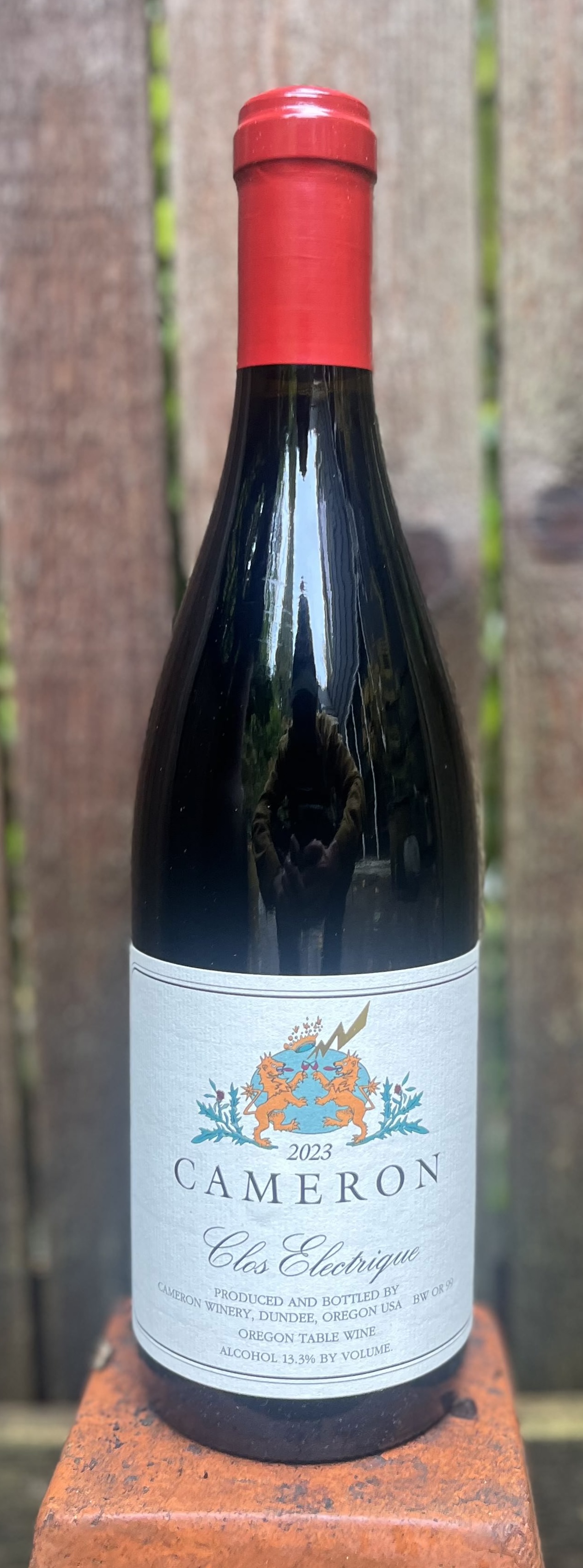Vintage 2012
From John, November 4th, 2012As the last clusters of grapes rattled through the destemmer and precious berries rolled down the shoot into the fermenting vessel, we all breathed a sigh of relief: la fin de la vendange, the end of harvest. Though in reality this signaled only the finish of work in the vineyard; the work in the cellar continues unabated.
Red ferments are monitored and the cap (skins that rise to the surface of the tank) are punched down into the frothy, ebullient must (fermenting wine). Juice recently pressed from white grapes is allowed to settle its sediment in stainless steel tanks for a few days and is then racked (moved) to barrels. In most cases the yeasts emanate from the skins of the grapes, the source of fermentation therefore being the vineyard from whence the fruit comes. As red wines finish fermenting, they are pressed to tanks for a few days of settling before being “barreled down” (racked to 220 liter oak barrels). And as the white wines approach the end of fermentation, they are topped up and will slowly finish as the cellar heads to winter.
On a quiet day with no other activity happening around the winery, the cellar is a magical place to be. Fermentation locks on the tops of all of the barrels gurgle and sing to each other throughout the dimly lit subterranean chamber. Aromas waft by…at one moment grapefruit rind from a white ferment, at another leather and blackberry from a red.
I find myself smiling. Another vintage under my belt; I have lost track of how many, but in a world that lives on comparisons and analogies, I know that this is one is special.
Recent News & Rants
The 2025 Vintage
Fermentations are now mostly complete and the cellar is angling down to its winter
temperature, so now is the time to button up my cardigan and reflect on the vintage just completed.
The Broken Immigration System
Now that the harvest season is largely over in Oregon, ICE has started to raid the farming communities in the Willamette Valley, arresting literally tens to hundreds at a time. Without immigrant workers helping us, we have no chance of bringing in a harvest next year. So the question becomes “what can we do?”
There’s More... >Harvesting in the Midst of ICE Storms
In the midst of the ICE storm in Portland, we are fermenting our fruit from an exceptional vintage, hoping that what we will best remember from 2025
will not be the carnage wreaked upon our immigrant workers but rather 2025 as a truly magnificent vintage!



